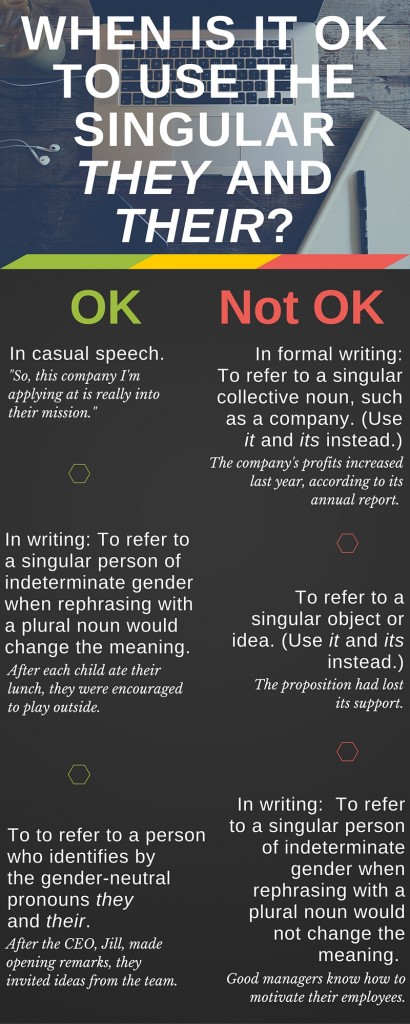The prompt is as much a part of the assignment as the paper itself.
Navigating a prompt can seem daunting to a student, but some simple guidelines, that can be applied to most assignment descriptions, can help. An action plan, leading to the paper’s action plan, is not so daunting because it is based on common sense questions:
- Did I read it? Read it-all the way through, before anything else.
- What is the overall objective of this assignment? The prompt probably contains a statement to that effect. Highlight or label it.
- What are the “givens,” the technical stuff? Make a list of to-dos, such as length, style, due date, etc. These become a simple checklist. Save it the for last, after the work is done. (Don’t wrap the box before the present is inside.)
- Who is the audience? Who, other than the instructor, are you writing for? (This might be a real audience, or it might be a “made-up”one for the purposes of the paper. Either way, it doesn’t matter; it gives you focus, and helps you strategize.)
- What is this? Highlight anything that just isn’t clear or doesn’t make sense, and ASK. (The teacher and/or the writing center are there to help.)
- What materials will I need (research, texts, etc.)?
- Are there any special rules or exceptions for this assignment (e.g. an author’s note, or an exception to an MLA or APA rule, etc.) If not, then forget about it.
Get all these things “sorted,” as they say in England, then, think about a tentative thesis, and finally, begin that outline. Breaking it down into bits, eliminates the scary. They’re just things to do.
Here’s some more detailed information from Purdue and UNC:
https://owl.english.purdue.edu/owl/resource/688/01/
http://writingcenter.unc.edu/tips-and-tools/understanding-assignments/

 , paragraphs that don’t align with topic sentences, and a conclusion that doesn’t match the thesis statement. To a professor, these are signs of a hastily crafted, night-before-it’s-due paper; to an editor, they’re signs that an author isn’t invested in the work being done. No matter what your writing timeline is, these are impressions to avoid, and there’s a relatively pain-free fix. It’s called “the reverse outline.”
, paragraphs that don’t align with topic sentences, and a conclusion that doesn’t match the thesis statement. To a professor, these are signs of a hastily crafted, night-before-it’s-due paper; to an editor, they’re signs that an author isn’t invested in the work being done. No matter what your writing timeline is, these are impressions to avoid, and there’s a relatively pain-free fix. It’s called “the reverse outline.”


